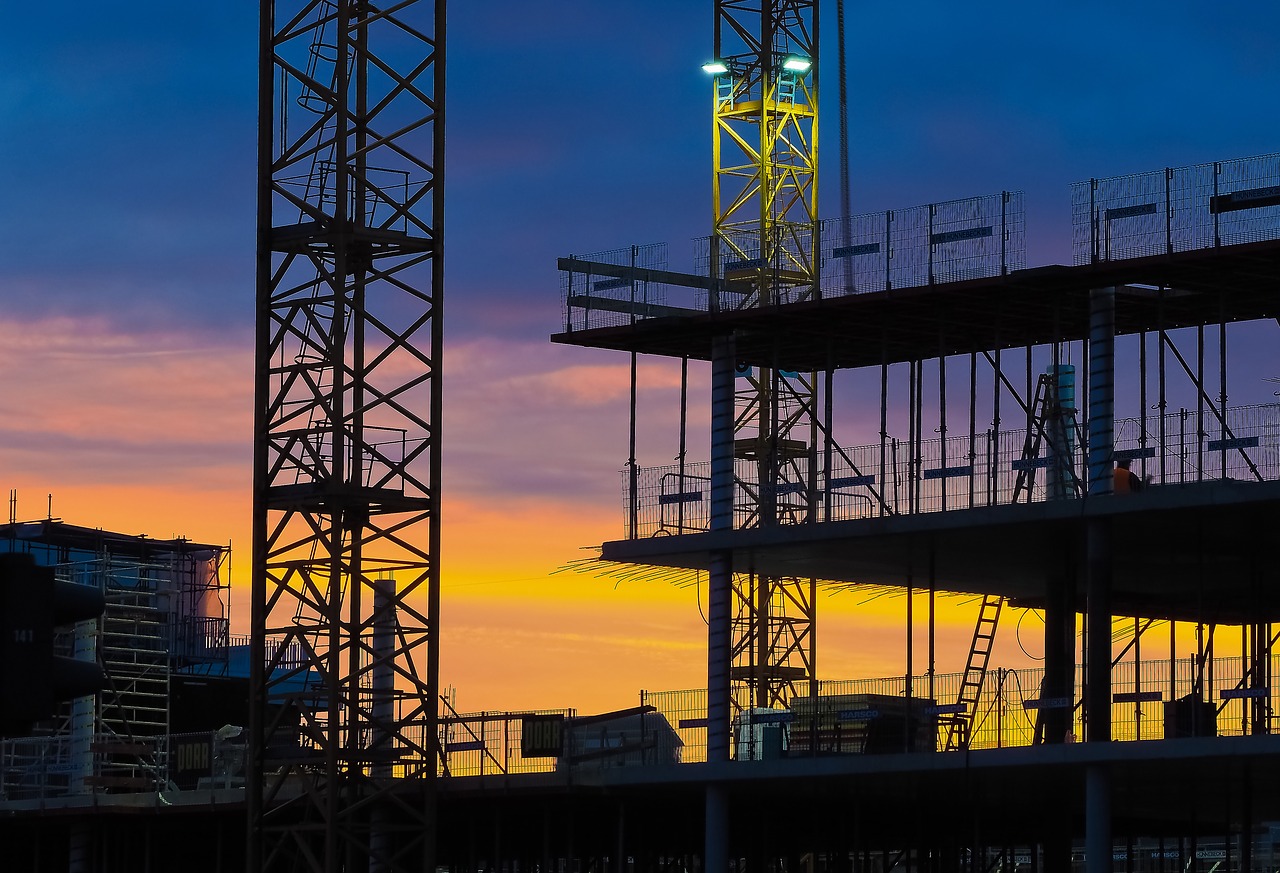Total engineering and construction spending for the U.S. is forecast to rise 3% in 2019, according to FMI’s First Quarter 2019 North American Construction Outlook.
That represents a slight slowdown in industry growth compared to the 4% growth rate of 2018. Spending growth in 2019 is expected to be led by public investment across both non-residential buildings and non-residential structures.
Top-performing segments forecast in 2019 include transportation (up 9%), public safety (up 6%), educational (up 5%) and manufacturing (up 5%).
The bottom-performing segments in 2019 include religious (down 5%), multifamily (down 5%), and lodging (down 2%).
Key segments that were upgraded into the growth category going into 2019 include educational, manufacturing, and highway and street. Both lodging and multifamily were adjusted into the down category, with declines anticipated through the remainder of the year.
Related Stories
Codes and Standards | Aug 4, 2020
Virginia is the first state to adopt COVID-19 worker safety rules
Include social distancing requirements, notifications when co-worker tests positive, timelines to return to work after recovery.
Codes and Standards | Aug 3, 2020
Report aids local governments on policy options, pathways to electrify new buildings
Document focuses on switching appliances and equipment away from natural gas, propane.
Codes and Standards | Jul 30, 2020
Institute for Market Transformation acquires Energy-Efficient Codes Coalition
Goal is to achieve net-zero construction by 2050.
Codes and Standards | Jul 29, 2020
Crackdowns grow on construction firms that fail to follow COVID-19 guidelines
States, cities, and OSHA enforce social distancing, hand-washing regulations.
Codes and Standards | Jul 28, 2020
California utility adopts climate emergency declaration
Sacramento-region company commits to working towards carbon neutrality by 2030.
Codes and Standards | Jul 27, 2020
Updated Energy Plus and OpenStudio building energy modeling tools released
Software offers performance enhancements.
Codes and Standards | Jul 23, 2020
North Carolina will stop relying on FEMA flood mapping
State will identify flood zones on its own.
Codes and Standards | Jul 22, 2020
New version of IAPMO’s Water Demand Calculator is available
Enhanced features include selection between single- and multifamily buildings.
Codes and Standards | Jul 22, 2020
Mobile app calculates sound transmission for wood-framed assemblies
American Wood Council tool for floor-ceiling assemblies.
Codes and Standards | Jul 22, 2020
Architecture billings remain in negative territory, begin to stabilize
Fewer architecture firms report declining billings this month.

















